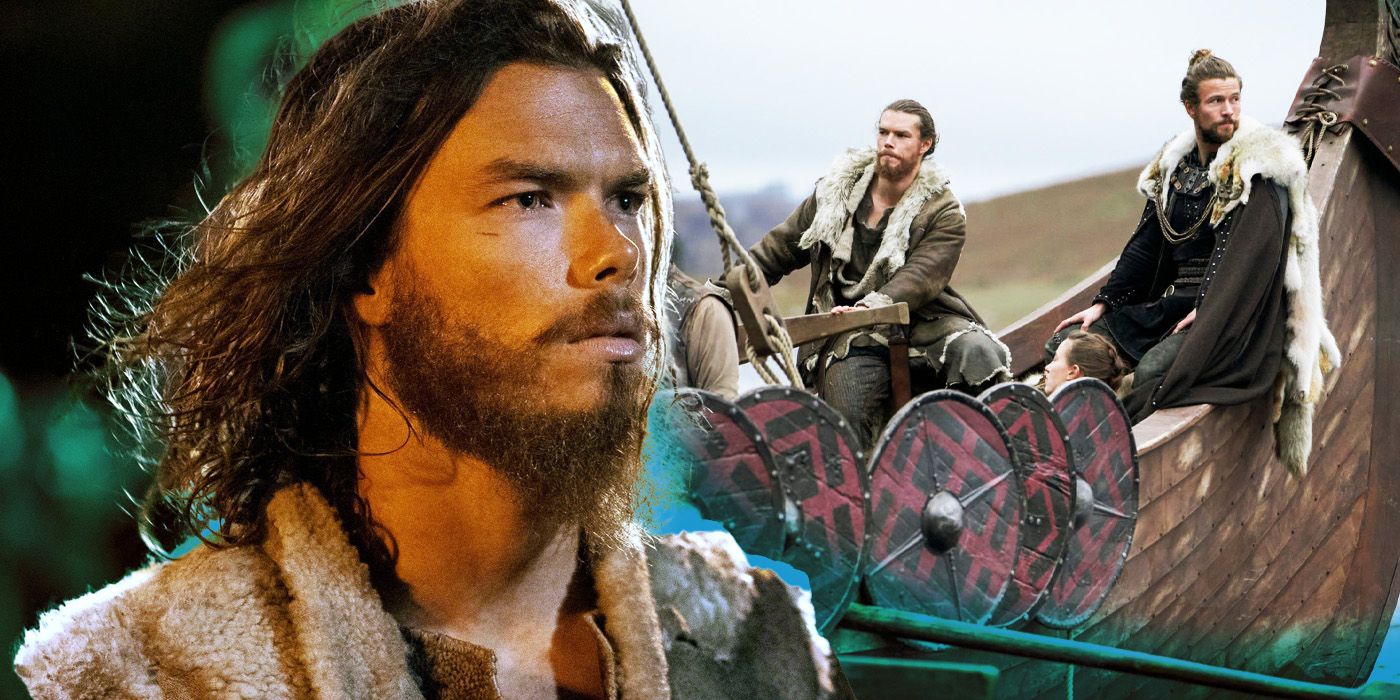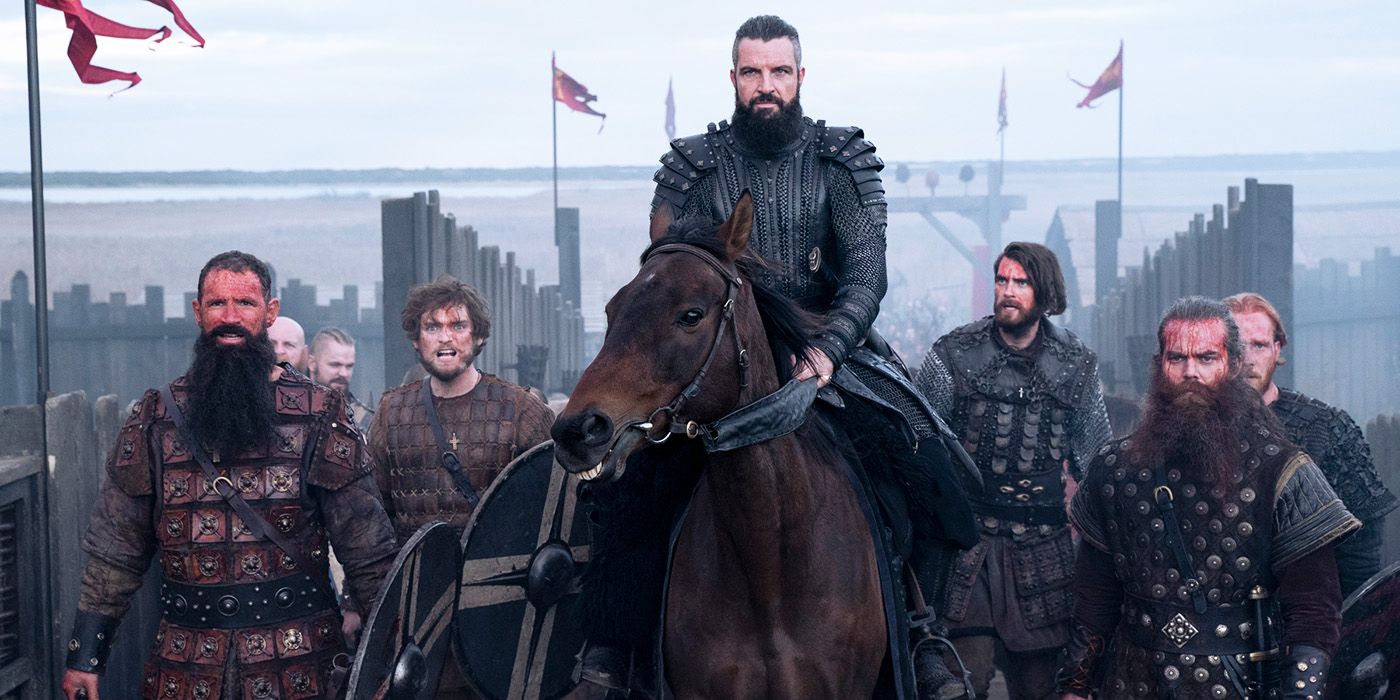
Vikings: Valhalla covers a different era of the Viking Age, many years after the events of Vikings, and here’s how much time passes in season 1. Historical dramas have gained force in recent years, and one of the most popular TV shows from that branch is Vikings. Created by Michael Hirst (The Tudors), Vikings premiered on History Channel in 2013 and was planned to be a miniseries, but the stories of Ragnar Lothbrok, Lagertha, Rollo, Floki, and more caught the audience’s attention. Vikings lived on for a total of six seasons, coming to an end in 2020, though that didn’t mean the end of the stories from the Viking Age.
Vikings initially followed legendary Norse figure Ragnar Lothbrok (Travis Fimmel) and his travels and raids alongside his Vikings brothers. As the series evolved, it shifted its focus to Ragnar’s sons and their own journeys, becoming the protagonists after Ragnar’s death in season 4. Vikings explored the early years of the Viking Age, from the Lindisfarne raid (seen in season 1) onward, but six seasons weren’t enough to cover all the battles, betrayals, alliances, and more that happened during the Viking Age. Luckily for fans, a sequel series was announced in 2019, and it’s now available to stream on Netflix.
Titled Vikings: Valhalla, the series is set over a century after the events of Vikings, so the surviving characters of the main series aren’t included in this new adventure, but they are mentioned a couple of times. Vikings: Valhalla follows Leif Erikson (Sam Corlett), Freydís Eiríksdóttir (Frida Gustavsson), and Harald Sigurdsson (Leo Suter), who go on a journey that takes them across oceans and through battlefields – from Kattegat to England, to Uppsala and beyond. Each character deals with a personal battle throughout the events of Valhalla, which have the tensions between Vikings and the English royals (Christians vs Pagans) as the backdrop. Although Vikings: Valhalla is based on historical events, real-life people, and a couple of legends, its timeline can be confusing, as the writers condensed many events in what seems to be one to two years.

The events of Vikings: Valhalla begin with the St. Brice’s Day massacre, where King Æthelred the Unready (played by Bosco Hogan) ordered the deaths of all Danes in England. In real-life, the massacre happened on November 13, 1002, but the series then jumps a year later, with Harald, King Canute “the Great” (Bradley Freegard), and Olaf Haraldsson (Jóhannes Hauker Jóhannesson) planning their revenge against the English. They are joined by Leif Eriksson as part of a deal to pay for Freydís’ actions, and they are seemingly gone for months (they say at least five months). However, there are other events in Valhalla that, in real life, happened many years apart, such as the fall of the London Bridge. The attack by Olaf is said to have taken place in 1014, but in Valhalla, it was the most important part of the Vikings’ invasion of England, so the timeline, in comparison to the real events, is very inconsistent.
It’s not surprising that Vikings: Valhalla took different historical events and put them together with just a couple of months of difference, so season 1 covers, starting with the St. Brice’s Day Massacre, two to three years. This might also have to do with how many seasons are planned for Vikings: Valhalla, as it’s intended to cover the final years of the Viking Age, and there are a lot of events to cover before the Battle of Stamford Bridge, considered the end of the Viking Age.
Comments
Post a Comment